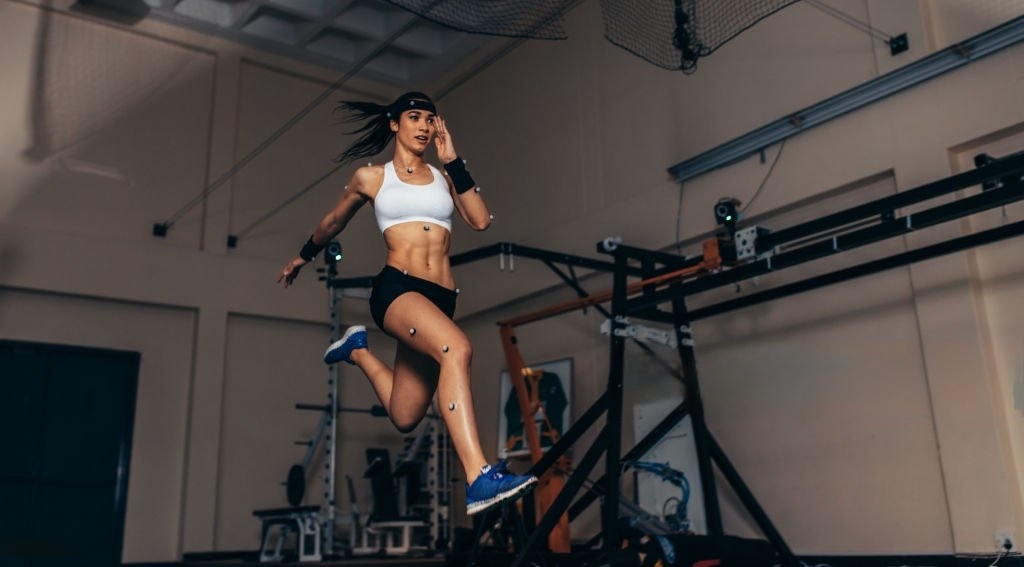Motion capture technology has undergone a remarkable transformation since its inception, extending its reach far beyond the boundaries of entertainment and gaming. Today, these innovative motion capture suits are finding their place in various medical and scientific domains, reshaping the way researchers and healthcare professionals collect data, analyze movements, and make informed decisions. In this article, we’re diving headfirst into the intriguing realm of motion capture suits and discovering their diverse applications in the fields of medicine and science.
Cracking the Code of Motion Capture Technology
Before we delve into the fascinating ways motion capture technology is revolutionizing medicine and science, let’s get to the bottom of how it actually works. At its core, motion capture involves tracking and recording the movements of an object or a person and then converting those movements into digital data. This is accomplished by strategically placing sensors or markers on specific points of the subject’s body, which are subsequently tracked by a camera or sensor system.
Traditionally, motion capture necessitated individuals to don snug-fitting suits adorned with markers attached to key joints and body parts. However, contemporary motion capture suits have undergone substantial advancements, featuring sophisticated sensors that can capture movements without the need for markers. These sensors are designed to be unobtrusive and comfortable, making them ideal for extended use in the realms of medical and scientific research.
Healing Through Motion: Applications in Medical Rehabilitation
One of the most promising applications of motion capture suits in the medical arena lies in the domain of rehabilitation. Individuals recovering from injuries or surgeries frequently require physical therapy to regain strength, mobility, and coordination. This is precisely where motion capture technology steps in as a game-changer.
1. Stroke Rehabilitation: A Lifeline for Survivors
Stroke survivors, for instance, stand to gain significantly from motion capture technology. By donning a motion capture suit, patients can engage in guided rehabilitation exercises while receiving real-time feedback on their movements. This invaluable data empowers physical therapists to tailor therapy programs, track progress, and tweak treatment plans as needed. Such personalized rehabilitation approaches can substantially enhance a patient’s chances of regaining mobility and independence.
2. Orthopedic Rehabilitation: Precision in Recovery
Patients recuperating from orthopedic surgeries, such as joint replacements or ligament repairs, can also reap the rewards of motion capture technology. Precise tracking of joint movements enables therapists to assess the effectiveness of exercises and ensure that patients are executing them correctly. The result? Faster and more successful recoveries, a reduced risk of complications, and diminished necessity for additional procedures.

A Stride Forward in Gait Analysis
Gait analysis, the study of how individuals walk, has been a valuable tool in both medical and biomechanical research. Historically, this practice demanded expensive and unwieldy equipment, rendering it somewhat inaccessible. However, motion capture suits have revolutionized the game by offering a portable and cost-effective solution for gait analysis.
1. Sports Medicine: Elevating Athletic Performance
In the realm of sports medicine, motion capture suits are employed to scrutinize athletes’ movements during training and competition. This data serves as a crucial tool for identifying biomechanical issues that may lead to injuries, allowing coaches to optimize athletes’ techniques for better performance and injury prevention.
2. Neurological Research: Illuminating the Path
Gait analysis assumes a pivotal role in neurological research, particularly in the study of conditions like Parkinson’s disease. Researchers harness motion capture suits to monitor and analyze alterations in gait patterns, offering invaluable insights into the progression of neurodegenerative diseases and the efficacy of treatments.
Precision in the Operating Room: Enhancing Surgical Training and Planning
Motion capture technology is making waves in the field of surgery, where it aids in training, preoperative planning, and postoperative assessment.
1. Surgical Training: A Safe Learning Environment
Aspiring surgeons and medical students can harness motion capture technology to simulate surgeries. These simulations create a safe and controlled environment for practicing surgical techniques and honing skills before they ever set foot in an operating room.
2. Preoperative Planning: Crafting Surgical Masterpieces
Before embarking on complex surgeries, surgeons can use motion capture to create 3D models of a patient’s anatomy. These models can be manipulated and studied to develop a comprehensive surgical plan, thereby enhancing the precision and success rate of the procedure.
3. Postoperative Assessment: Fine-Tuning Excellence
Motion capture suits are invaluable in evaluating the efficacy of surgical procedures after they’re completed. By tracking the patient’s movements and comparing them to pre-surgery data, surgeons can gauge the success of the operation and make any necessary adjustments to the patient’s postoperative care.
Ergonomics and Safety: A New Frontier
In the realm of occupational safety and ergonomics, motion capture suits are instrumental in reducing workplace injuries and enhancing worker well-being.
1. Ergonomic Design: Crafting Safer Workspaces
Manufacturers and designers leverage motion capture wearable technology to assess the ergonomic aspects of products and work environments. By scrutinizing how workers interact with equipment and their surroundings, designers can make informed decisions to create safer and more comfortable workspaces.
2. Training and Risk Mitigation: Safety First
In industries that involve physically demanding tasks or repetitive movements, such as manufacturing and construction, motion capture suits are employed for training and risk assessment. Workers can be trained to perform tasks safely, and potential risk factors can be identified and mitigated to prevent workplace injuries.
In Conclusion: A Bright Future Ahead
Motion capture suits and smart clothing have transcended their origins in entertainment to become invaluable tools in the fields of medicine and science. Their ability to accurately capture and analyze human movements, as well as monitor various physiological parameters, has opened up a world of possibilities for improving rehabilitation, advancing research, enhancing surgical procedures, and promoting safety in various industries. As technology continues to evolve, we can expect motion capture suits and smart clothing to play an even greater role in improving human health, safety, and overall well-being. These innovations represent a fusion of cutting-edge technology and wearable solutions that empower professionals across multiple disciplines to achieve unprecedented levels of precision and insight.




